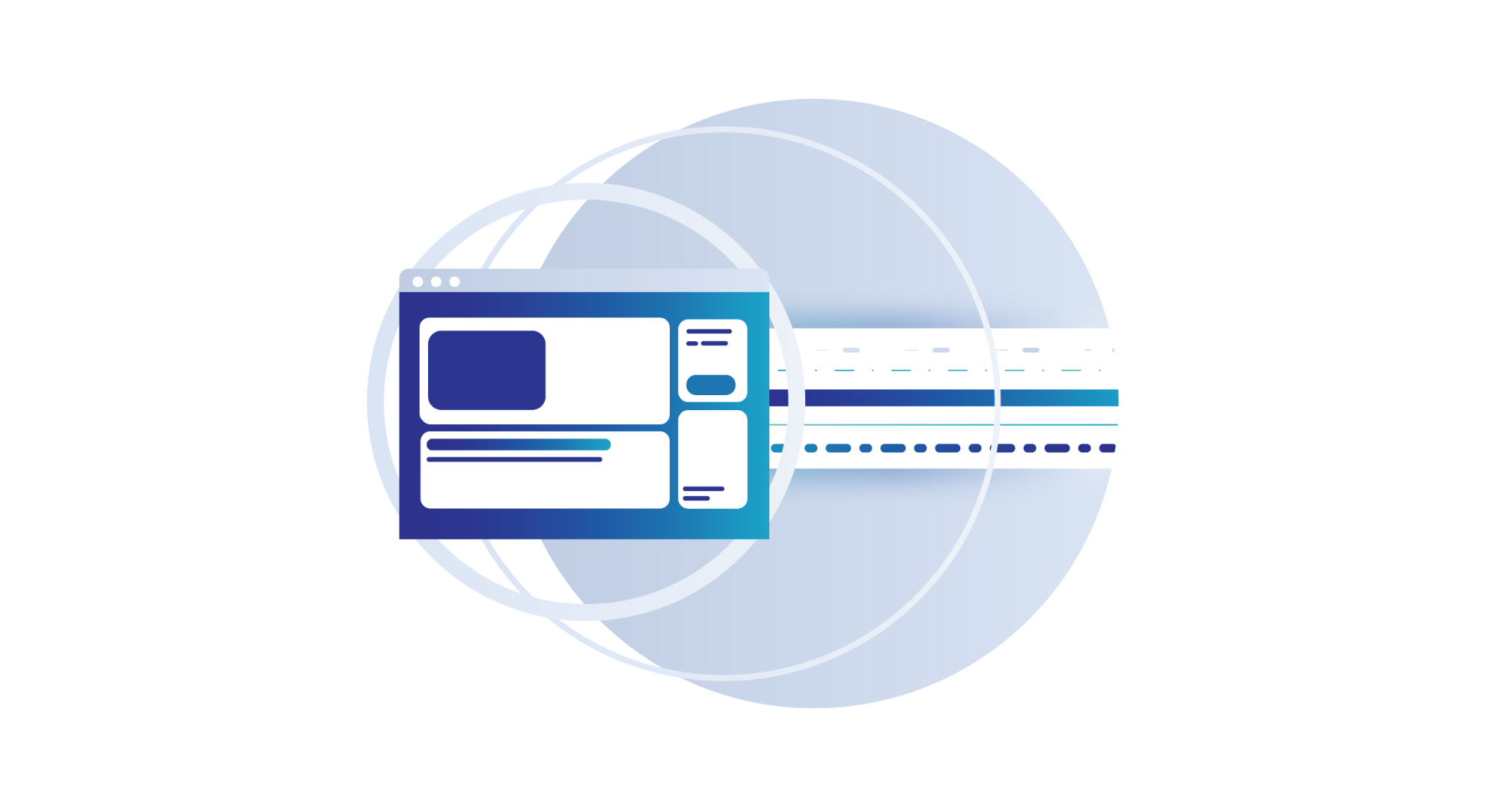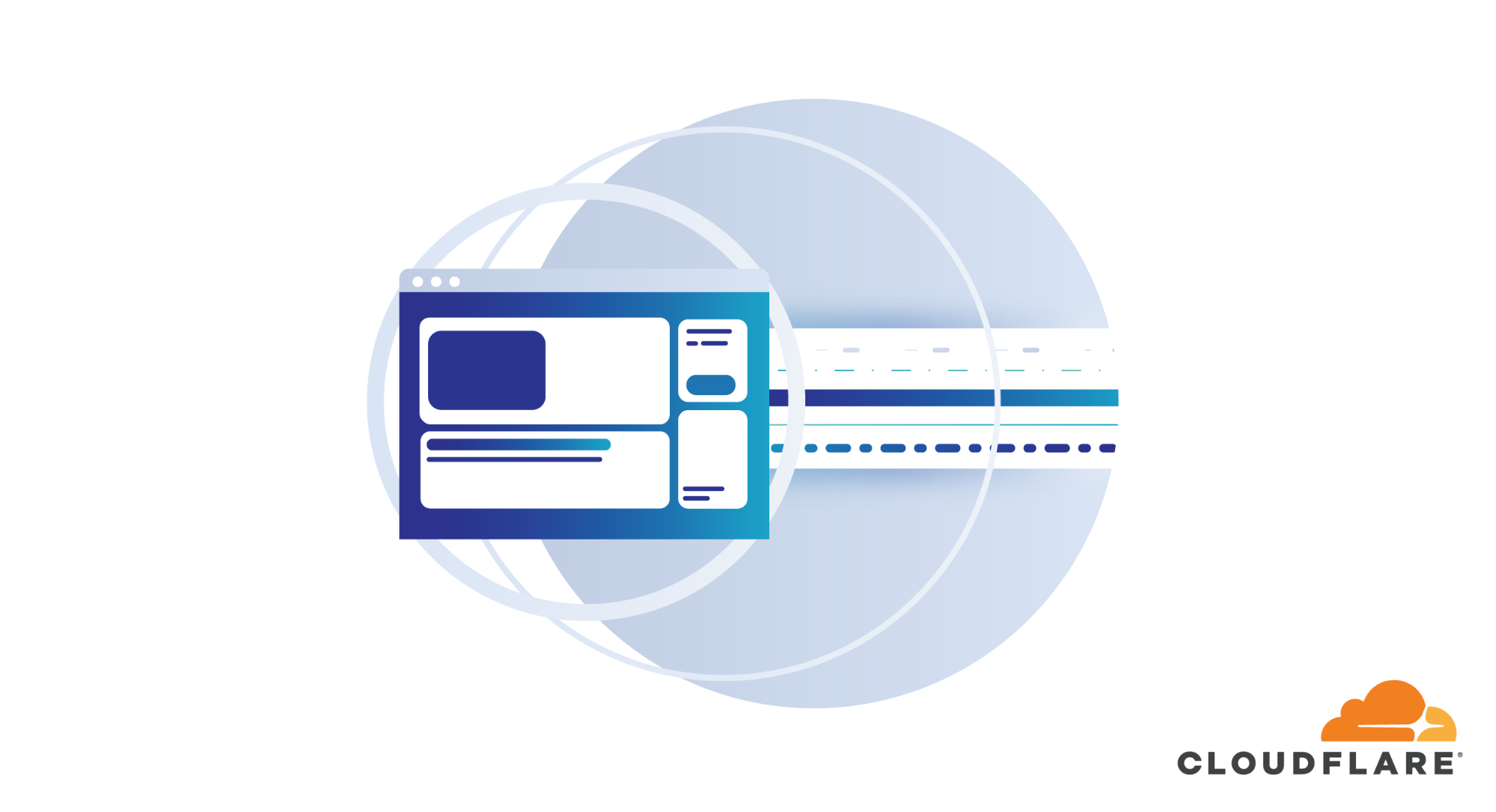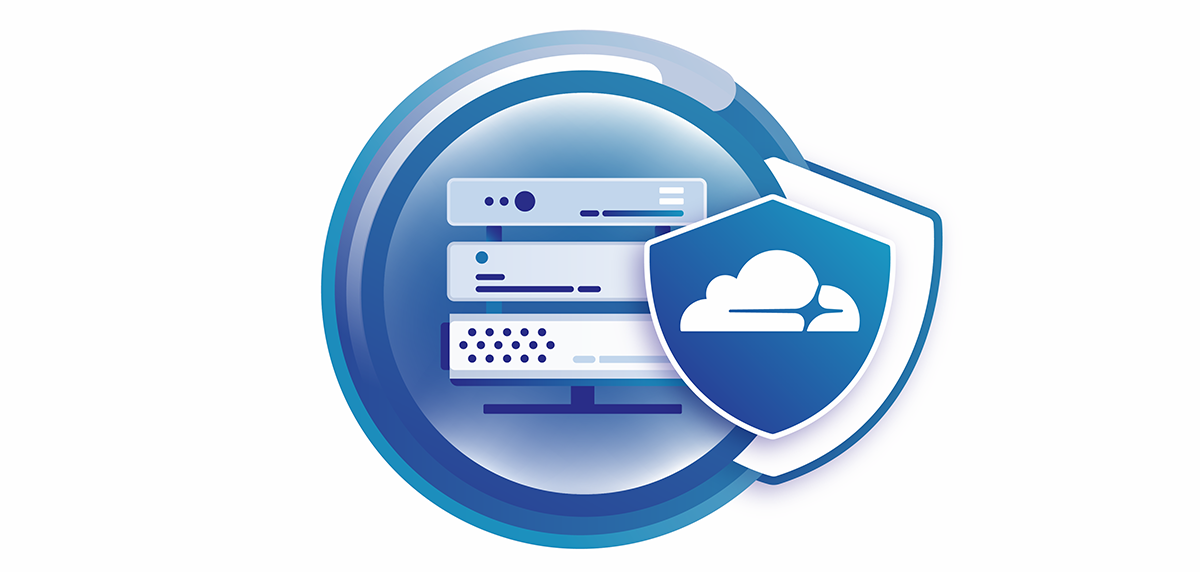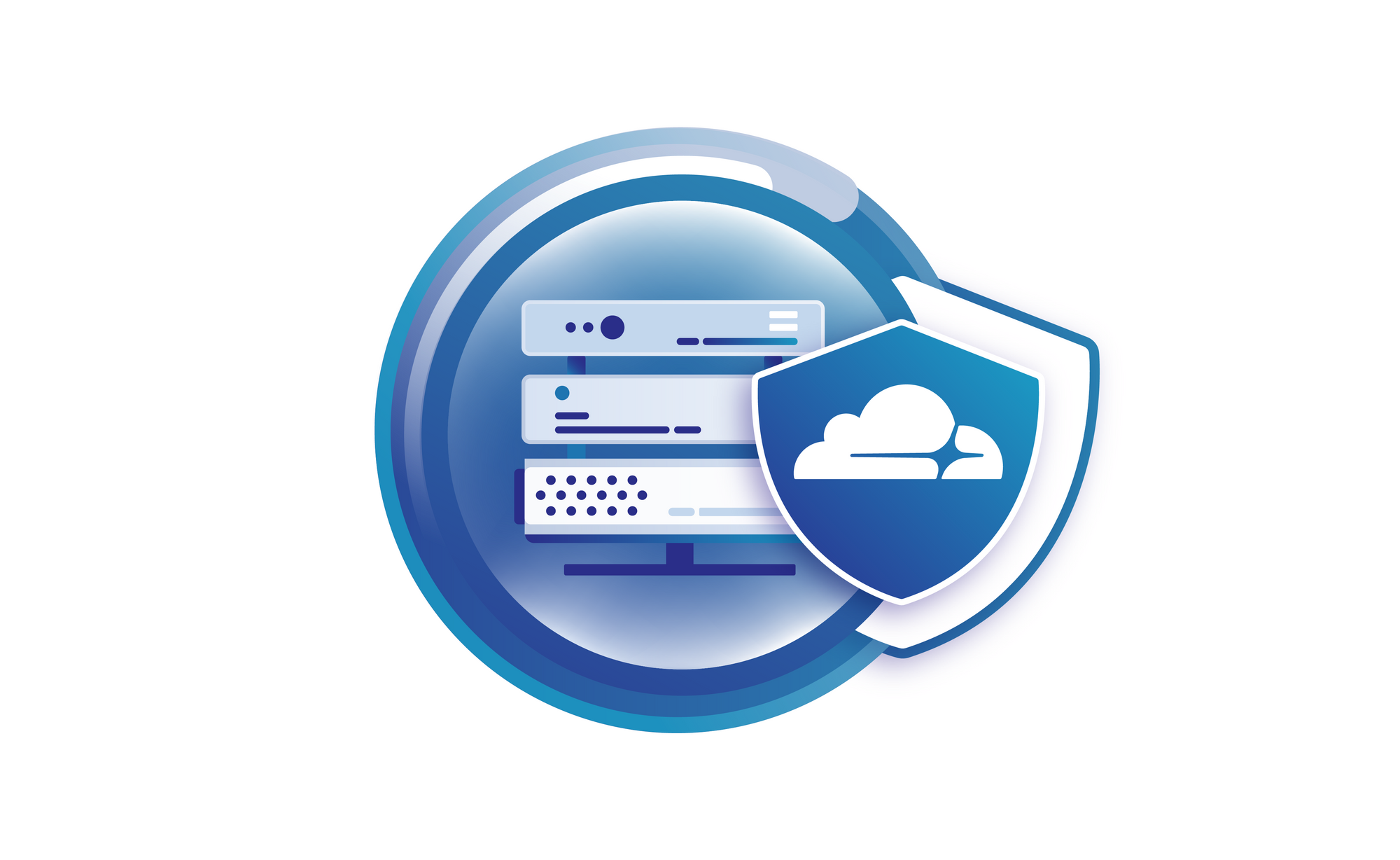AMD Chips Give Clouds, Data Centers EPYC Power
IBM Cloud, Microsoft, Dell Technologies, HPE, VMware, Nutanix, Lenovo, and Supermicro platforms...
Over 300 ISPs Now Improving Routing Security with MANRS

Today, we’re proud to announce another milestone: the number of network operators that commit to the Mutually Agreed Norms for Routing Security (MANRS) has surpassed 300.
The current number of network operator program participants stands at 322. These Internet Service Providers (ISPs) joined the initiative by showing their conformance with the actions to improve the resilience and security of the Internet’s routing infrastructure.
Launched in 2014 with a group of nine operators, the number of MANRS participants reached 100 in 2018 and has risen rapidly in the last two years, with 156 joining in 2019 alone, and 45 so far in 2020.
This includes operators in more than 60 countries across all continents; with Brazil leading the way with nearly 70 MANRS participants, followed by the US with nearly 50.
According to BGPStream, the number of reported routing incidents was on the decrease from 2017 to 2019 (see chart below), while the number of MANRS participants grew in the period. While this does not mean one caused the other, a correlation between the two can be observed.

The MANRS community has grown rapidly through its other programs, too. In 2018, the initiative expanded to include Internet Exchange Providers (IXPs), which Continue reading
VMware Tanzu Gains Features, Availability
The updates include application and infrastructure additions designed to ease operations in a...
VMware Boosts Hybrid-Cloud Visibility, Management
Some of the new features include better public cloud cost comparisons via integration with...
Cisco $2.5B Financing Initiative Targets COVID-19 Impact
The Business Resiliency Program aims to provide organizations economically impacted by the pandemic...
Comparing HTTP/3 vs. HTTP/2 Performance


We announced support for HTTP/3, the successor to HTTP/2 during Cloudflare’s birthday week last year. Our goal is and has always been to help build a better Internet. Collaborating on standards is a big part of that, and we're very fortunate to do that here.
Even though HTTP/3 is still in draft status, we've seen a lot of interest from our users. So far, over 113,000 zones have activated HTTP/3 and, if you are using an experimental browser those zones can be accessed using the new protocol! It's been great seeing so many people enable HTTP/3: having real websites accessible through HTTP/3 means browsers have more diverse properties to test against.
When we launched support for HTTP/3, we did so in partnership with Google, who simultaneously launched experimental support in Google Chrome. Since then, we've seen more browsers add experimental support: Firefox to their nightly builds, other Chromium-based browsers such as Opera and Microsoft Edge through the underlying Chrome browser engine, and Safari via their technology preview. We closely follow these developments and partner wherever we can help; having a large network with many sites that have HTTP/3 enabled gives browser implementers an excellent testbed against which to Continue reading
Response: Next-Hop and VTEP Reachability in EVPN Networks
Jeff Tantsura published a great response to my Can We Trust BGP Next Hops blog post on LinkedIn, and I asked him for permission to save it in a more permanent form. Here it is (slightly edited)…
I’d like to bring back EVPN context. The discussion is more nuanced, the common non-arguable logic here - reachability != functionality.
Daily Roundup: VMware Patches Critical Bug
VMware patched a critical bug; Ericsson scored a 5G win with Nex-Tech Wireless deal; and...
Tech Bytes: Improving QoE With Silver Peak SD-WAN (Sponsored)
Our sponsor today is Silver Peak, and we’re talking about how to improve QoE using SD-WAN with their customer C&S Wholesale Grocers, the largest wholesale grocer in the United States. Our guest is Leonard Bernstein, Senior Director of Infrastructure and Service Delivery.
The post Tech Bytes: Improving QoE With Silver Peak SD-WAN (Sponsored) appeared first on Packet Pushers.
Tech Bytes: Improving QoE With Silver Peak SD-WAN (Sponsored)
Our sponsor today is Silver Peak, and we’re talking about how to improve QoE using SD-WAN with their customer C&S Wholesale Grocers, the largest wholesale grocer in the United States. Our guest is Leonard Bernstein, Senior Director of Infrastructure and Service Delivery.Cloudflare for SSH, RDP and Minecraft


Almost exactly two years ago, we launched Cloudflare Spectrum for our Enterprise customers. Today, we’re thrilled to extend DDoS protection and traffic acceleration with Spectrum for SSH, RDP, and Minecraft to our Pro and Business plan customers.
When we think of Cloudflare, a lot of the time we think about protecting and improving the performance of websites. But the Internet is so much more, ranging from gaming, to managing servers, to cryptocurrencies. How do we make sure these applications are secure and performant?
With Spectrum, you can put Cloudflare in front of your SSH, RDP and Minecraft services, protecting them from DDoS attacks and improving network performance. This allows you to protect the management of your servers, not just your website. Better yet, by leveraging the Cloudflare network you also get increased reliability and increased performance: lower latency!
Remote access to servers
While access to websites from home is incredibly important, being able to remotely manage your servers can be equally critical. Losing access to your infrastructure can be disastrous: people need to know their infrastructure is safe and connectivity is good and performant. Usually, server management is done through SSH (Linux or Unix based servers) and RDP (Windows based Continue reading
Network Break 279: Cisco Acquires Fluidmesh; VMware NSX 3.0; MS Events Virtual Until July 2021
Take a Network Break! Grab a virtual donut, sit back and relax, and take a journey with us through Elysian fields of tech news analysis. We’ve got stories today on Cisco, VMware, a new PCAP appliance, a Tech Byte from sponsor Silver Peak with their SD-WAN customer C&S Wholesalers, and more.Network Break 279: Cisco Acquires Fluidmesh; VMware NSX 3.0; MS Events Virtual Until July 2021
Take a Network Break! Grab a virtual donut, sit back and relax, and take a journey with us through Elysian fields of tech news analysis. We’ve got stories today on Cisco, VMware, a new PCAP appliance, a Tech Byte from sponsor Silver Peak with their SD-WAN customer C&S Wholesalers, and more.
The post Network Break 279: Cisco Acquires Fluidmesh; VMware NSX 3.0; MS Events Virtual Until July 2021 appeared first on Packet Pushers.
Capex vs Opex – Hidden complexity by making an unmanageable network
Many networking solutions purport great Opex savings through automation, simulation and continuous integration. Similarly, there is a school of thought where network designs will have a single point in a network perform multiple roles. This will short change an initial Capex cost of purchasing additional switches with the intention of overlapping features on that single device.
Let’s take the simplest example. We have a 3 rack environment with dual-leaf per rack and 2 spines for inter-rack connectivity. In this design, we are leveraging VXLAN as the data plane overlay with BGP/EVPN as the control plane. Additionally, all 3 racks are compute, leaving no additional leafs to act as the service/border/exit leafs.

A network designer will look at the infrastructure and try to overlap features by repurposing the spines as exit leafs. Why will they think this way, you ask? Well, this is only an 8 switch design. Spending money on an additional 2 switches to act as dedicated border leafs uplifts my capex cost by 25 percent! I would then be required to buy 10 total switches instead of 8.

So instead, we end up overlaying the VXLAN onto the spines. So now the spines act as both interconnections between Continue reading
Ericsson Expands 5G, DSS Deal With Nex-Tech Wireless
The Kansas-based operator plans to launch its 5G service before July.
VMware Patches Critical Bug That Exposes Sensitive Data
The vulnerability could allow a hacker to “extract highly sensitive information which could be...
Could the CARES Act Close the Digital Divide in the United States?

Last week, the U.S. Congress passed the third stimulus bill in response to the COVID-19 pandemic. This bill primarily focused on economic relief for companies, individuals, cities, states, and tribal communities. It allocates over $2 trillion in funds for a variety of measures intended to ease the burden of COVID-19.
Some of the included measures have been in the news for weeks, including those related to individual checks for those financially impacted by the virus. But there is an element to this bill that is equally important, not only for our ability to cope with the virus now but also to permanently change our country for the better.
These emergency funds allocate $150 billion to states and territories, including $8 billion specifically for Tribal governments, for “coronavirus relief.” What that relief looks like, however, is relatively vague. If a community was financially impacted by the pandemic between March and December of this year, in a way that they did not originally anticipate in their budgets, this fund covers most of those expenses.
And what is one of the biggest impacts we’ve seen? Millions of people have been forced to isolate themselves at home and carry out their daily Continue reading
Bringing Reference Architectures to Multi-Cloud Networking
Recently I attended Aviatrix Certified Engineer training to better understand multi-cloud networking and how Aviatrix is trying to solve its many problems, some of which I have experienced first-hand. Disclaimer: Since 2011, I’ve been an avid listener of the Packet Pushers podcast, where Aviatrix has sponsored 3 shows since December 2019. Ever since I embarked … Continue reading Bringing Reference Architectures to Multi-Cloud NetworkingThe Week in Internet News: Pandemic Puts Spotlight on Access Problems

No working from home: Working from home during the COVID-19 pandemic is tougher in some places than in others. Business Insider finds 17 U.S. cities where Internet access is lower than in much of the rest of the country. Many of the cities listed are across the South and in New Mexico.
Students need access: Alabama’s state schools superintendent is worried about a lack of access for some students while schools are shut down during the pandemic, AL.com reports. There are several “gaps” in access for students, but some school districts are using buses to deliver WiFi.
100,000 laptops: Meanwhile, in Arizona, more than 100,000 students need laptops in order to do school work from home, AZcentral.com reports. The Greater Phoenix Chamber Foundation has been running a laptop drive to reduce that number. Access is also a problem in some rural areas, with some areas having only 25 percent of households with Internet access.
Fundraising for access: In Maine, the Bangor School Department has turned to fundraising to provide 350 families with Internet access so students can participate in distance learning, the Bangor Daily News reports. The school department raised about $28,000 in a week on the Continue reading